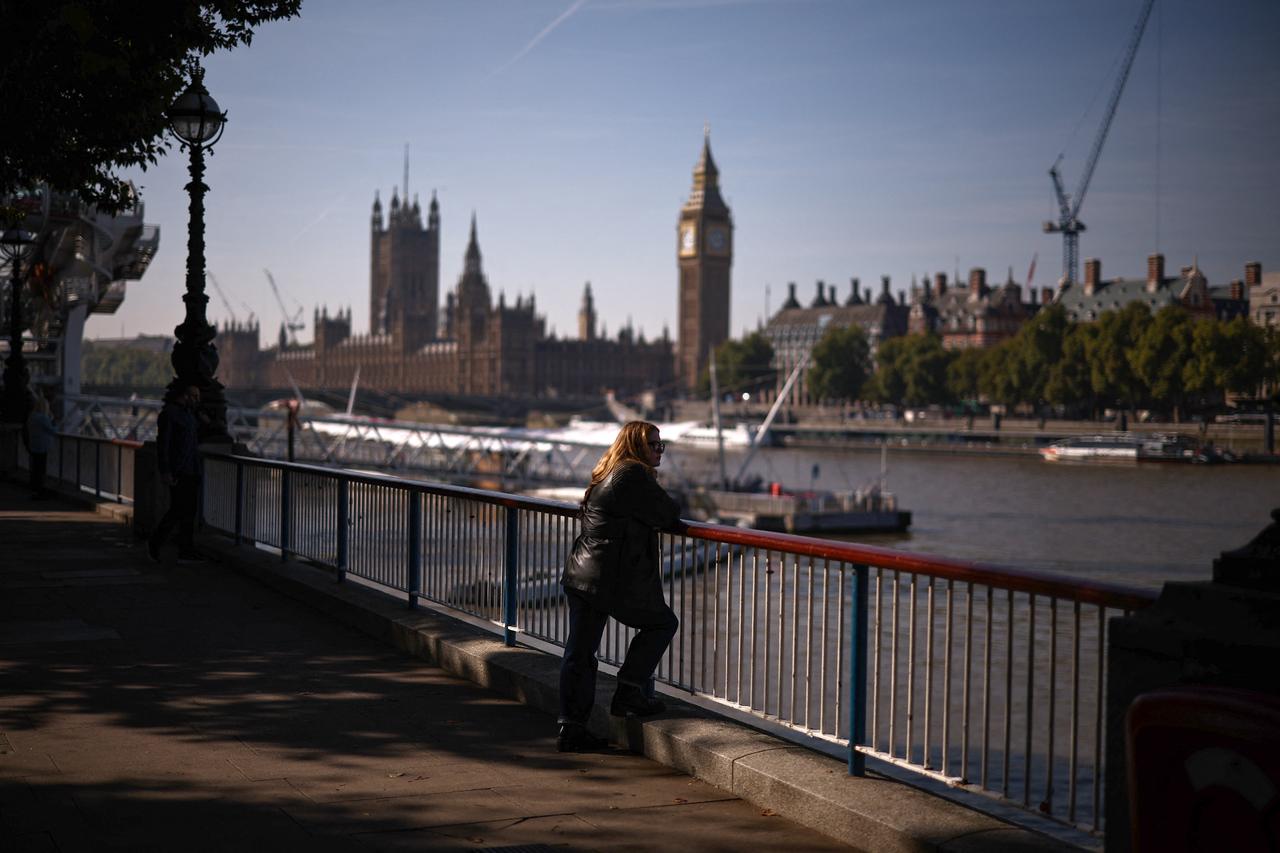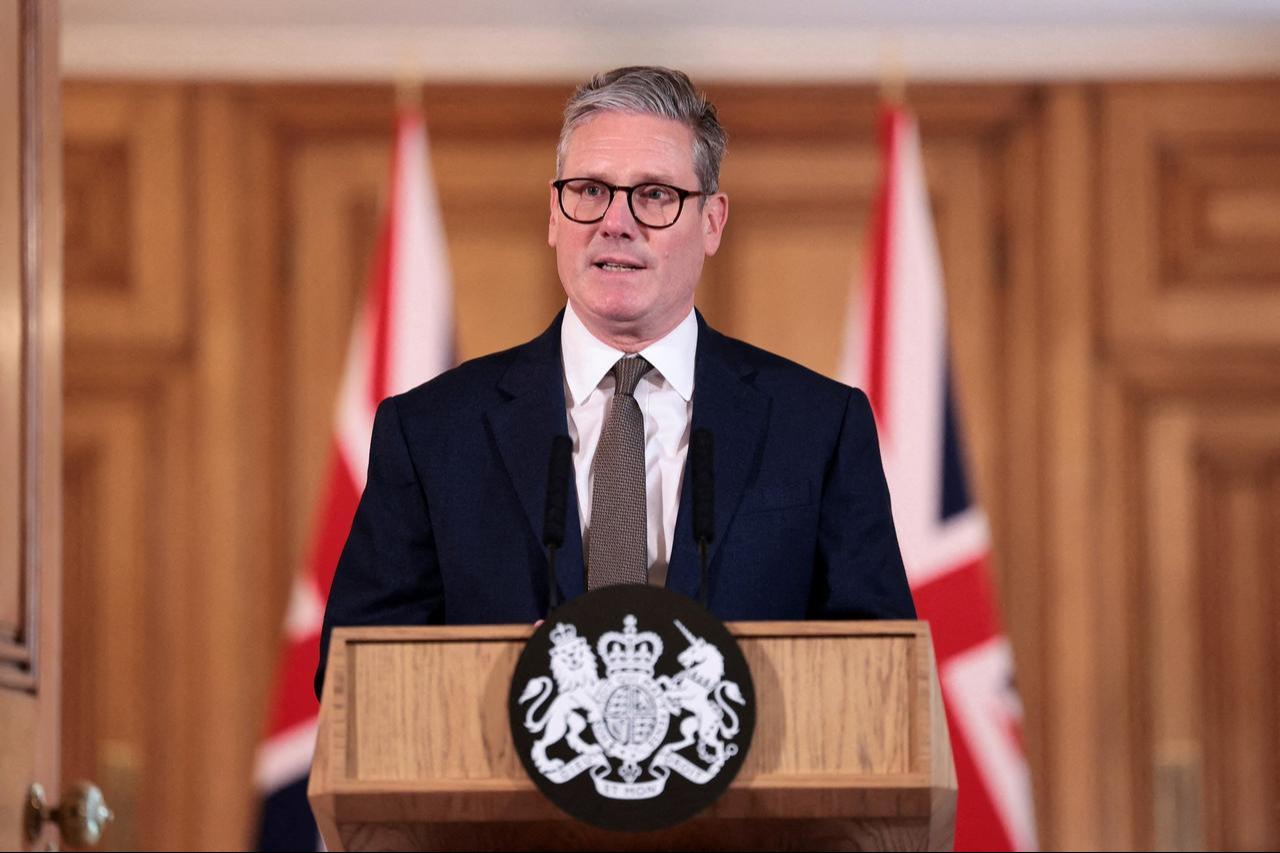
The United Kingdom is at a pivotal crossroads as the consequences of Brexit continue to reshape its politics, society, and economy. The 2016 referendum not only redefined the country’s relationship with the European Union but also exposed deep and persistent divisions. With 52% voting to leave, stark contrasts have appeared: London and much of the south, particularly the southeast and urban centers like Oxford and Cambridge, favored staying, while northern regions such as Yorkshire, Northumberland, and the rural Midlands voted decisively to leave. The referendum also revealed demographic divides: older voters, those without higher education, and rural residents overwhelmingly supported leaving, while younger voters, urban professionals, and university-educated populations leaned toward staying.
These divisions created fertile ground for right-wing populist movements. Led by Nigel Farage, the Brexit Party—and later Reform UK—crafted compelling narratives around migration, national identity, and cultural values. Farage positioned himself as a credible alternative for conservative voters, emphasizing sovereignty, border control, and immigration concerns. By 2025, polling suggests these movements retain substantial influence, particularly in northern swing constituencies such as Hartlepool and Redcar, where support for Reform UK often exceeds 25%. This has intensified polarization between the Labour Party and the Conservative Party, creating a political climate where voter loyalty is increasingly fluid and ideologically segmented.
Labour has been adjusting to this new landscape. Its challenge is not only economic but also the reshaping of social identity and value messaging. Engaging younger voters, addressing persistent social inequalities, and leveraging national symbols to craft a collective identity are central goals. These strategies, however, are contested within the party, especially by factions that worry nationalist messaging risks alienating core progressive supporters.
Since becoming leader in 2020, Keir Starmer has focused on rebuilding Labour after the 2019 electoral defeat. The party’s approach emphasizes fiscal discipline alongside social welfare reforms. Debates around the autumn budget, including proposed tax adjustments and spending cuts, have sparked discussion within the party and in the broader public. In education, Labour aims to expand access to universities and technical training, targeting a goal where two-thirds of young people achieve a university degree or a high-standard apprenticeship by 2040. Efforts to digitalize National Health Service (NHS) operations aim to modernize healthcare delivery, though costs and feasibility remain under debate.
Starmer has also sought to present Labour as a “patriotic party,” promoting national symbols in response to right-wing nationalist rhetoric. Internal polling indicates this approach resonates moderately with suburban swing voters in the southeast but is less effective in northern Labour strongholds, where economic concerns dominate. Overall, Labour under Starmer seeks to merge past achievements with contemporary initiatives, though internal disagreements and populist challenges sometimes limit both clarity and impact.

Labour’s conference on Sept. 30, in Liverpool, spotlighted the party’s strategy against populist right-wing forces. Starmer framed the moment as “discipline or division, renewal or decline,” presenting the populist surge as both an ideological and political test. Observers noted the language was deliberately assertive, aiming to consolidate the party base while countering Reform UK narratives.
Economic and social policies were highlighted, including tough fiscal choices and proposals such as lifting the two-child benefit cap (a welfare policy limiting child tax credit payments to two children) and expanding access to higher and technical education. Parliamentary briefings and internal reports suggest the benefit adjustments could affect roughly 1.2 million households in England and Wales. Reactions varied: younger voters and urban constituencies largely supported the changes, while older rural voters, forming Reform UK’s core, remained skeptical.
Starmer also criticized populist messaging that exploits migration, national identity, and cultural values, warning it could deepen societal polarization. Behind-the-scenes information from the House of Commons and the House of Lords indicates these critiques sparked quiet debates among peers about potential electoral impact. Some Labour Lords expressed concern that nationalist framing could alienate progressive constituents, while Labour members of Parliament (MPs) argued it was necessary to reclaim northern swing seats. While the message aimed to consolidate Labour’s base, its effect on curbing populist support remains uncertain.
Post-Brexit Britain continues to face contentious debates over economic and social priorities. Labour’s fiscal strategy in 2025 aims for balance, but tax adjustments and spending cuts remain controversial. Child poverty and education reform are central: lifting the two-child benefit cap could directly benefit 1.5 million children in low-income households, while expanding access to universities and technical programs targets roughly 400,000 students. Infrastructure and budget limitations, however, pose challenges. NHS digitalization reforms also face barriers, including regional disparities in digital literacy and technological readiness, especially in northern counties.
These policies reflect both pragmatic considerations and ideological priorities. Execution, resources, and societal impact remain uncertain, illustrating the close connection between political strategy and practical feasibility in post-Brexit Britain. Internal Labour sources hint at “backroom friction” over prioritization, with some MPs lobbying for immediate economic measures in swing constituencies rather than long-term educational reforms.
The 2016 referendum triggered societal polarization and political shifts. Populist right-wing movements exploited public anxieties about migration and identity, mobilizing voters and deepening regional divides. Labour’s policy adjustments under Starmer aim to address these divisions, consolidate the base, and limit populist influence. Internal debates and implementation challenges, however, reduce the strategy’s overall effectiveness.
Fiscal and social reforms illustrate tensions between rhetoric and execution. Tax changes, spending adjustments, and education and healthcare initiatives balance pragmatism with ideology but remain contested. The feedback loop is clear: the rise of populist forces, Labour’s policy and messaging adjustments, partially implementable reforms, and continued societal impact.
Contextualizing current debates requires a historical lens. Previous Labour leaders, including Gordon Brown, implemented policies addressing social equity and economic crises, such as nationalizing British Steel, ending zero-hour contracts, and expanding free school meals. Post-2010 Conservative austerity and Brexit deepened social and economic divides, fueling populist growth and forcing Labour to rethink messaging and strategy.
Recent parliamentary whispers indicate some Lords expressed concern about Labour’s ability to counter Reform UK in northern constituencies, suggesting informal strategy discussions behind closed doors. Simultaneously, internal MPs debated whether nationalist rhetoric risks alienating traditional supporters—a conversation that rarely reaches the public but shapes policy decisions.
Post-Brexit Britain is undergoing profound political, economic, and social transformation. Populist right-wing movements amplify societal divisions, pushing traditional parties to rethink policy and ideology. Labour’s 2025 conference and policy initiatives reflect this restructuring. Economic and social reforms—including education access, NHS digitalization, and child benefits—are tightly linked to national challenges, yet implementation and reception are constrained by political polarization and resource limitations.
Examining cause-and-effect dynamics shows that the contest between populist forces and traditional parties will shape the UK’s future. Developments in 2025 and beyond will influence not only party politics but also the nation’s social fabric and identity. Concrete examples from northern swing constituencies, urban versus rural divides, and demographic responses underscore the tangible impact of policy decisions and political messaging on British society.